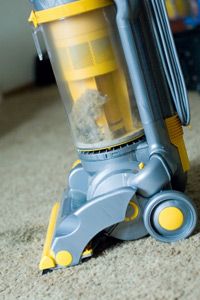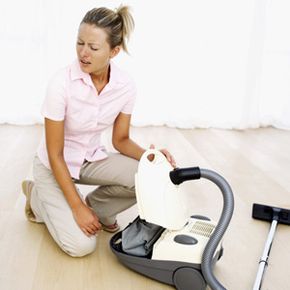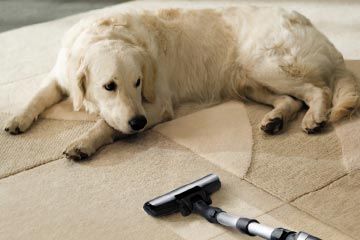Even the tidiest neatniks are susceptible to the sneezing, wheezing effects of tiny little home intruders known as dust mites. Dust mites are eight-legged interlopers that spend their lives blindly searching for one another, procreating, eating and creating waste. Among their favorite hangouts? Your rugs and carpets. And if you have long, shag-rug threads, then you have some especially happy dust mites.
Many people are allergic to dust mites, and if you're one of them, you'd be better off without any carpets or rugs to vacuum in the first place. (You'd also do yourself a favor by dehumidifying your home, and covering your mattress and pillows with impermeable, dust-proof covers that you wash once a week.) Most homes, however, have at least a portion of the floor covered in carpeting or rugs. No matter how often you clean, lots of things get trapped deep in the fibers of a carpet -- animal hair, dead skin cells, dust mites, dirt, even animal waste that's been tracked in from the outside on shoes.
Advertisement
Most people aren't really affected by the presence of dirt, dust mites or pollen. With others, however, these substances cause their immune systems to go wonky, releasing a unique immunoglobulin (called IgE) to deal with the perceived threat. Depending on the severity of the allergic reaction, otherwise harmless substances can cause symptoms that lead to annoyance, discomfort, missed work or school, or even hospitalization.
Vacuuming at least once each week can bring relief to those who suffer from allergic reactions to airborne or surface-covering allergens. But not all vacuums are created equally. So which is better: bagged or bagless? Read on to find out.
Advertisement




